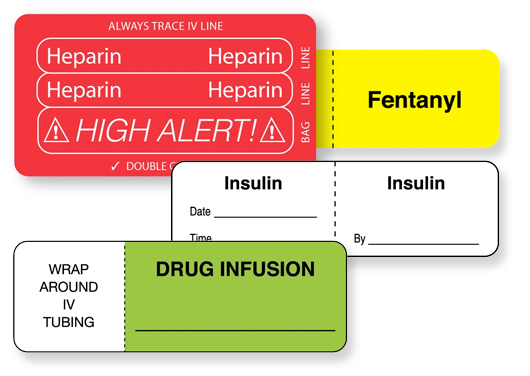In fact, value-based reimbursement, shrinking hospital margins, and record high healthcare spending are pushing providers to consider new partnerships to achieve efficiency and cost control. And supply chain strategy is the primary driver for reducing hospital supply costs for the merged organizations.
Reducing Hospital Supply Costs
But, effective supply cost reductions are more than just choosing the lowest price of two comparable items. For example, Kelli McRory, associate director of strategic sourcing for Philadelphia-based Jefferson Health said, "You can't just go with the best price and fragment all of your business and spend. You want to collaborate with a partner that can do a lot of different things for you and streamline your process."
Although it’s a fairly common practice, sourcing multiple vendors that only offer a low price isn’t the best solution. Managing additional vendors and SKUs and the inability to standardize products can create additional supply costs and high rates of clinical variation that increase patient risks.
Instead, seek vendors with attributes that include:
- A broad product offering
- An understanding of your strategic goals
- An institutional knowledge of both their capabilities and how to effectively use them in the hospital setting
- An education team for providers to leverage
Engaging partners like these allow you to leverage numerous cost savings opportunities and clinical improvement benefits.
For example, a supplier’s size, scope and product expertise help health systems drive standardization and SKU reduction and maximize the value of group purchasing organization contracts. Their institutional knowledge and ability to deliver employee education across all care sites help ensure all facilities are following the same clinical and operational processes.
New Clinical Settings Can Create Challenges
As hospitals merge, the new clinical settings often require a large number of physicians and nurses to travel to new practice sites. And, different protocols create challenges that breed patient safety risks.
For example, one health system used over 150 unique line and medication labels throughout their facilities. But the lines on a simple “change minder” label had various meanings to different nurses, departments and facilities.
To mitigate these issues, an effective supplier will dispatch a team to understand the appropriate protocols and internal processes, asking questions such as:
- Which lines are needed or not needed?
- How are the date and time identified?
- Do you use an ASTM color system?
- And more
Taking these steps will increase standardization, reduce SKUs, improve adherence to protocols, compliance and elevate patient safety. United Ad Label provides services like these to hospitals and health systems.
 Reducing Costs & Achieving Effective Care Delivery
Reducing Costs & Achieving Effective Care Delivery
There were 90 hospital mergers in 2019 and professional services firm, PwC, expects merger and acquisition activity to continue trending upward over the course of this year. But, whether you have been through a merger, expect to confront one in the future or need innovative operational improvements to address complex clinical issues, approaching your supply chain in this manner can help you reduce costs and achieve effective care delivery.
United Ad Label
UAL’s complete stock and custom label product offering, combined with an in-depth knowledge of hospital processes, procedures and protocols, allow us to standardize items, reduce SKUs, and enhance error prevention while improving clinical outcomes. Contact us to learn more about our services.
